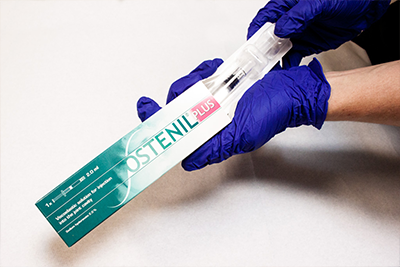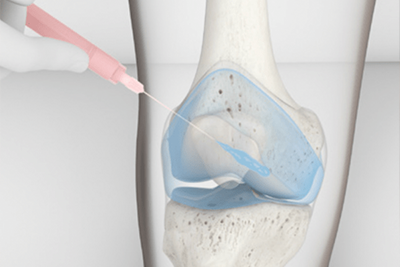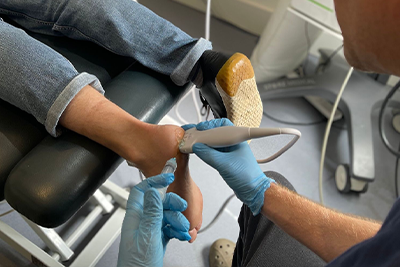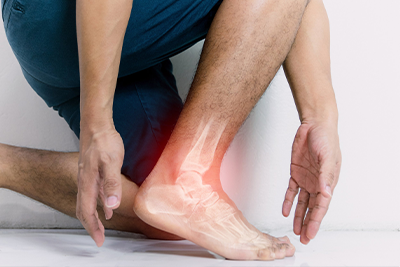You’re probably aware of the primary factors that can cause or worsen pain. These can include poor posture, injury, too little (or too much) activity, and specific conditions such as arthritis.
But did you know that what you eat can also help to manage or relieve pain. It can even prevent it occurring in the first place?
Here are some of our top nutrition tips for managing pain:
-
Ditch the processed foods
Processed foods generally refers to most things that come in a packet with a list of ingredients: from biscuits to ready meals to breakfast cereals. They often contain little in the way of naturally occurring vitamins and minerals. They may worsen inflammation and pain because they contain higher levels of unhealthy fats – in particular, processed omega-6 fats and ‘trans’ fats, which have pro-inflammatory properties. Often they contain quickly absorbed sugars or refined carbohydrates too, which may exacerbate inflammation when consumed in excess.
In contrast, ‘real’ foods are as close as possible to how they are found in nature. They can include whole vegetables and fruit, nuts and seeds, whole grains, fish, eggs and meat (whole cuts, not ‘deli’ or processed meats). These foods naturally contain higher levels of nutrients that can help reduce inflammation and pain, such as those we’re going to look at in more detail below.
-
Eat magnesium-rich foods
One of the nutrients that may help to manage pain and inflammation is magnesium. Magnesium helps our muscles to work normally, including helping them to relax, which in turn helps to avoid or relieve muscle tension that can contribute to pain. This mineral is also important for the nerves.
Magnesium is found primarily in whole unprocessed plant foods – especially green leafy vegetables such as spinach and kale, seeds and nuts, and whole grains including rye and buckwheat.
-
Include oily fish
Oily fish such as mackerel, salmon, sardines, herring and anchovies are high in omega-3 fats. These fats have anti-inflammatory properties and therefore may help to manage pain. The specific omega-3s in fish (EPA and DHA) can be more beneficial than the types of omega-3 found in seeds such as flax seeds.
Aim to eat a serving of oily fish around three times a week. These can include tinned sardines and salmon as long as they do not contain added vegetable oils (olive oil is fine). Note that ‘omega-3 fish fingers’ are not a good source of omega-3 fats – stick to the real thing!
-
Get plenty of vitamin C
You may know vitamin C for its role in the immune system. But in fact the primary role of vitamin C is in making collagen – a protein that forms the basic structure of most of the body’s tissues, including the bones, joints and muscles. If your body can’t make collagen properly, these tissues will lose strength and function, contributing to not only day-to-day pain but also potentially painful conditions such as arthritis and osteoporosis.
Eating a variety of vegetables and fruit is the best way to get enough vitamin C. Although ‘five-a-day’ is the well-known recommendation, we should be aiming for at least seven portions a day, primarily of vegetables, in order to get good amounts of vitamin C and antioxidants. Some of the best sources of vitamin C include peppers, kale, broccoli, kiwi fruits, Brussels sprouts, watercress and red cabbage. If you can, get your veg and fruit from a local producer (e.g. a farmer’s market) as it can lose its vitamin C when it’s stored or transported for long periods of time.
-
Include anti-inflammatory spices
The spices ginger and turmeric in particular can have anti-inflammatory and pain-relieving properties. Use fresh ginger and powdered turmeric in your cooking whenever you can. Make fresh ginger tea with a grated thumb-sized piece of ginger. If you have a good vegetable juicer you can even make fresh ginger juice to sip on. Watch out, it’s strong!
-
Try avoiding nightshades
The ‘nightshade’ or solanaceae vegetables may worsen inflammation and pain for some people. These are aubergines, tomatoes, potatoes (not sweet potatoes), and peppers – including chillis and all types of chilli powder (cayenne, paprika etc.). If you’ve implemented the other changes for at least three months and not noticed a significant improvement in your pain, then try eliminating the nightshade vegetables.
-
Consider eliminating gluten
Gluten is a protein that’s found primarily in wheat, barley and rye. The most severe reaction to gluten is coeliac disease. This is where the sufferer has to avoid gluten for the rest of their life. But some people who do not have coeliac disease may also react to gluten in a less severe way. This can contribute to inflammation in the body. If you’re cutting out gluten it can be best to work with a nutrition practitioner (e.g. a nutritional therapist). They can help to make sure you’re not missing out on any nutrients.
Related Articles
- Chiropractic Treatment and Nutrition
- Diet And Nutrition For Arthritis
- Eating to Beat Stress
- How does our Diet Affect Pain
- Are you Getting Enough Magnesium?




























